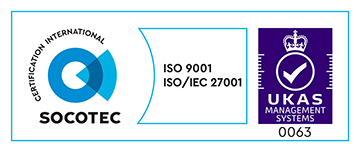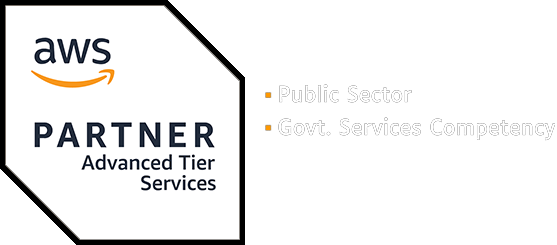This month our Head of Interaction and Service Design, Dan Healy, gave a brilliant talk on design leadership at the UX Scotland conference in Edinburgh.
User-centred design
Learn more about our user-centred design services.
The leader’s role in planet-centred design
With 25 years of design experience, Dan Healy shares his insights on planet-centred design and how leaders can drive change.
The value of content design
There’s a common misconception that content design is only about finding the right words for your product or service. Hint: there’s so much more.
Reduce missed appointment and ‘no access’ costs with tenant-led scheduling
How can we tackle the issue of ‘no access’? Chris looks to other industries and suggests a tenant-focused approach to cut costs.
The magic behind creating seamless user experiences
‘You are not the user’ is something Dani Swift learnt early on. Discover how this helps her to stay user-focused and drives her ‘tech for good’ philosophy.
Beta blockers: 5 challenges and how we navigated them
Read about the 5 challenges in our beta journey – learn how we navigated shifting priorities, wide roles, evolving policy and more.
Finding my feet as a user-centred principal
User-centred principal Alina shares her insights on the role, responsibilities and the tools she uses to deliver impact in the public sector.
Factors affecting tenant satisfaction scores
Learn more about the factor affecting the lowest scoring TSM across social housing providers and how to address them.
How humour makes me a better user researcher
Looking to bring a bit of humour into your next research session? Discover 4 ways to get better user insights using laughter and a bit of fun.
Accessibility in design: digital access and inclusion for all
In this post the team share their insights on digital accessibility. They touch on valuable resources, experiences and lessons learned over their careers.




